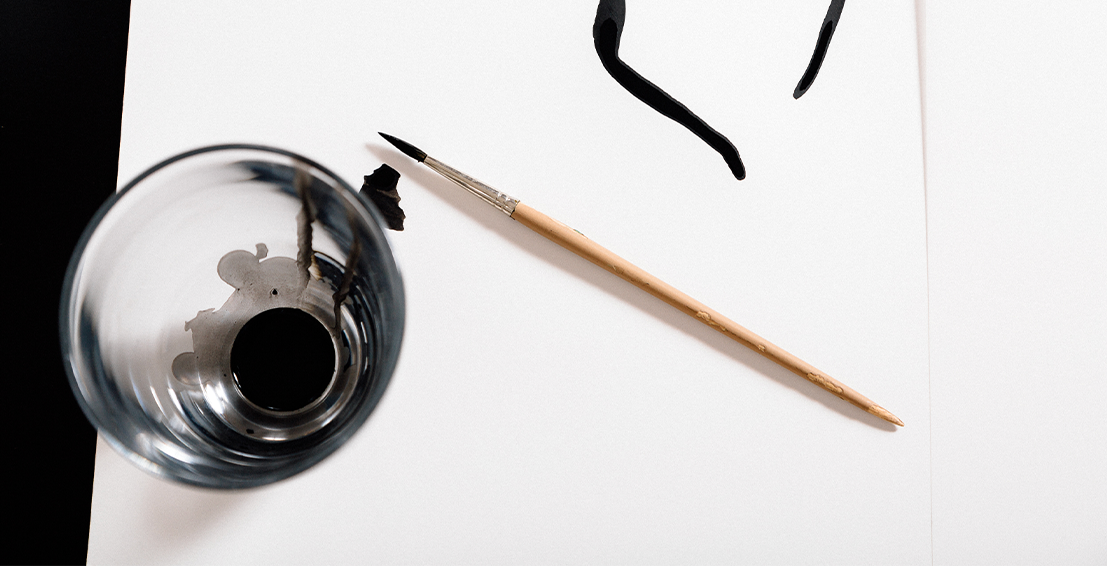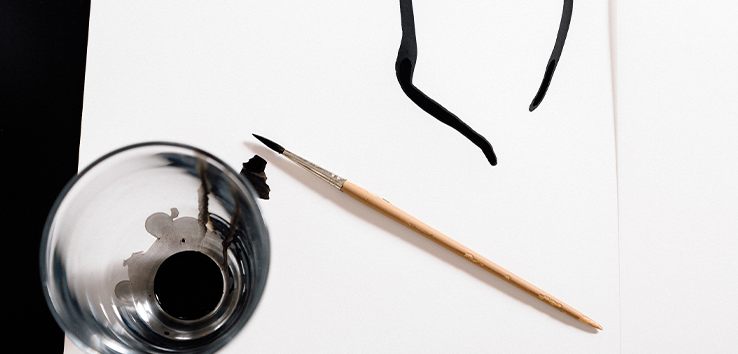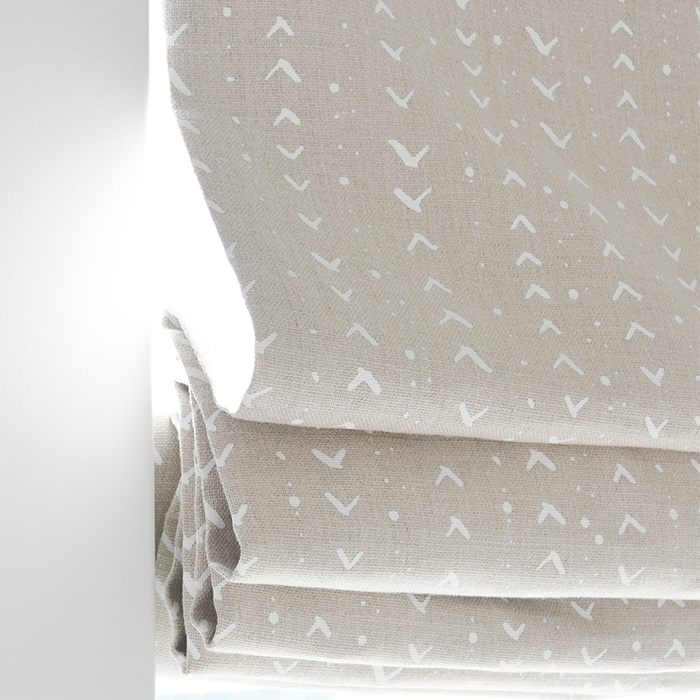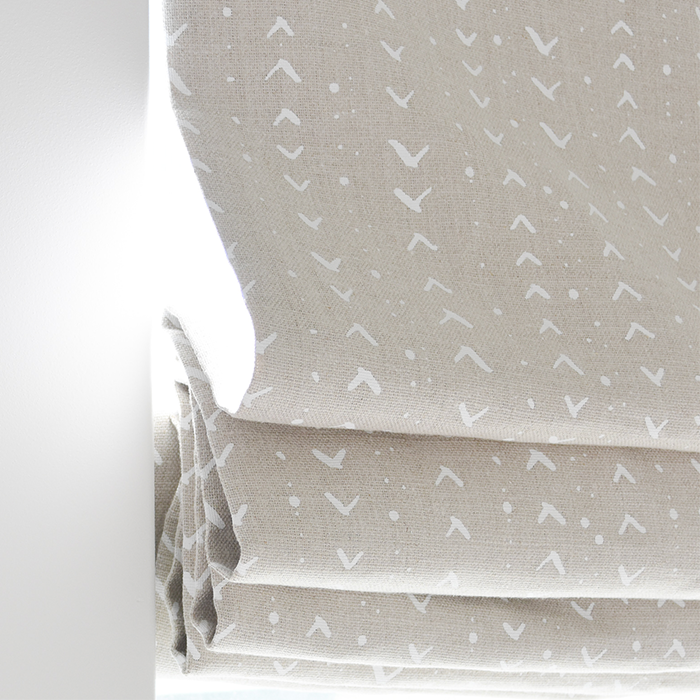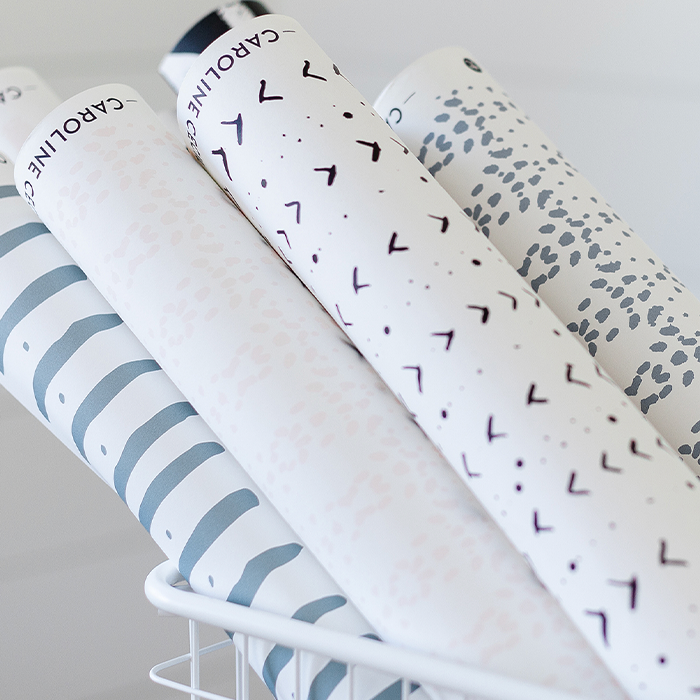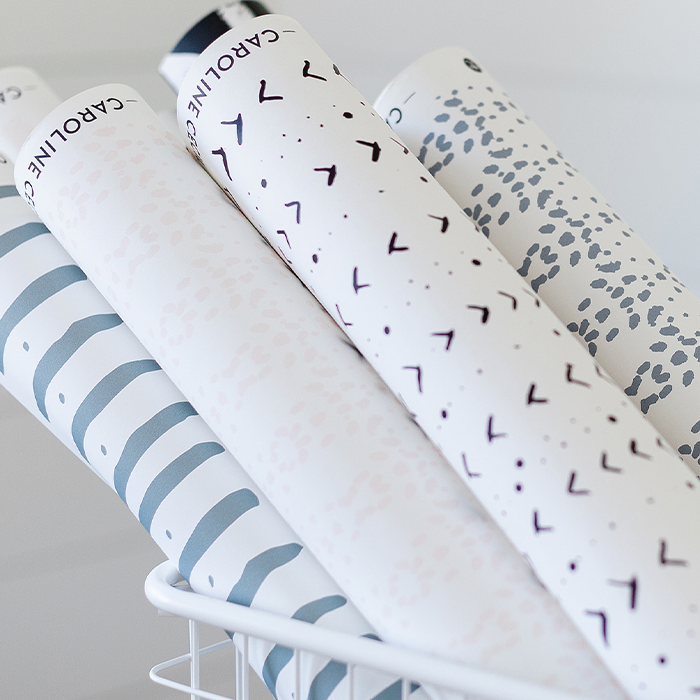- Home
- Caroline Cecil Textiles
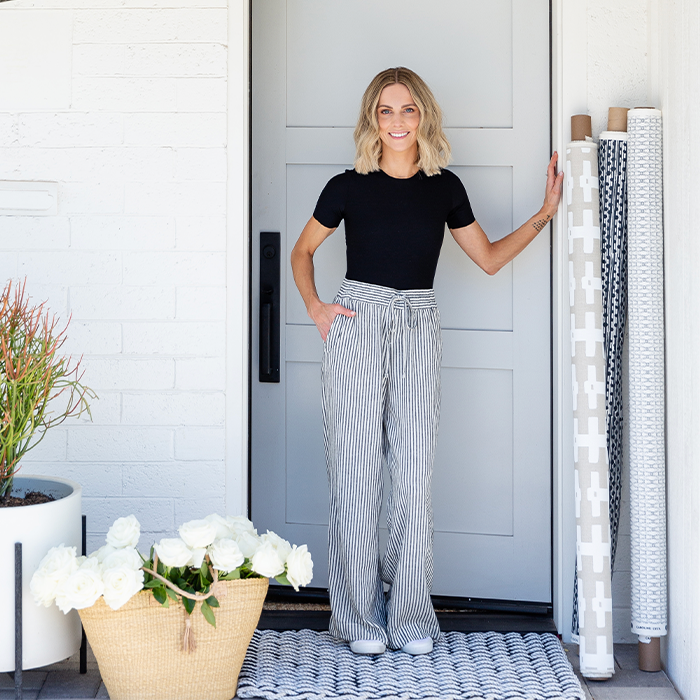

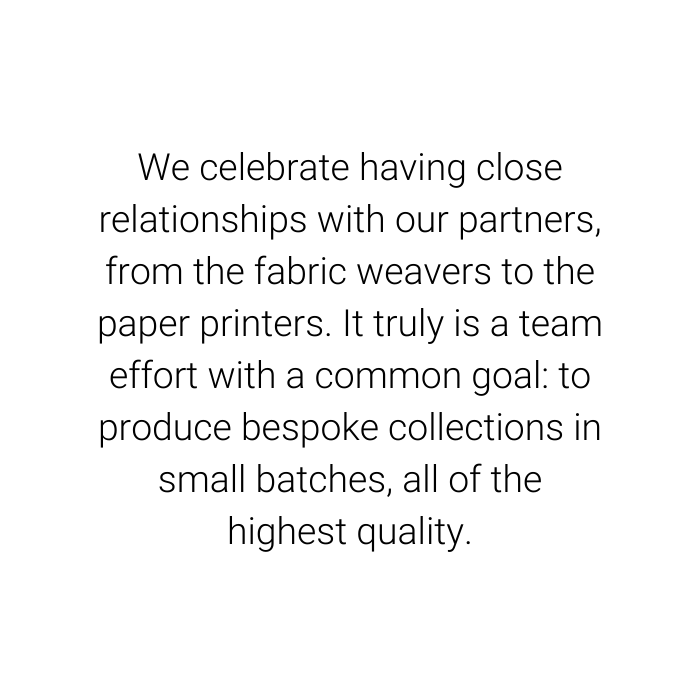

FARM TO TEXTILE
Our heritage linens begin with a community of flax farmers in Flanders, Belgium.
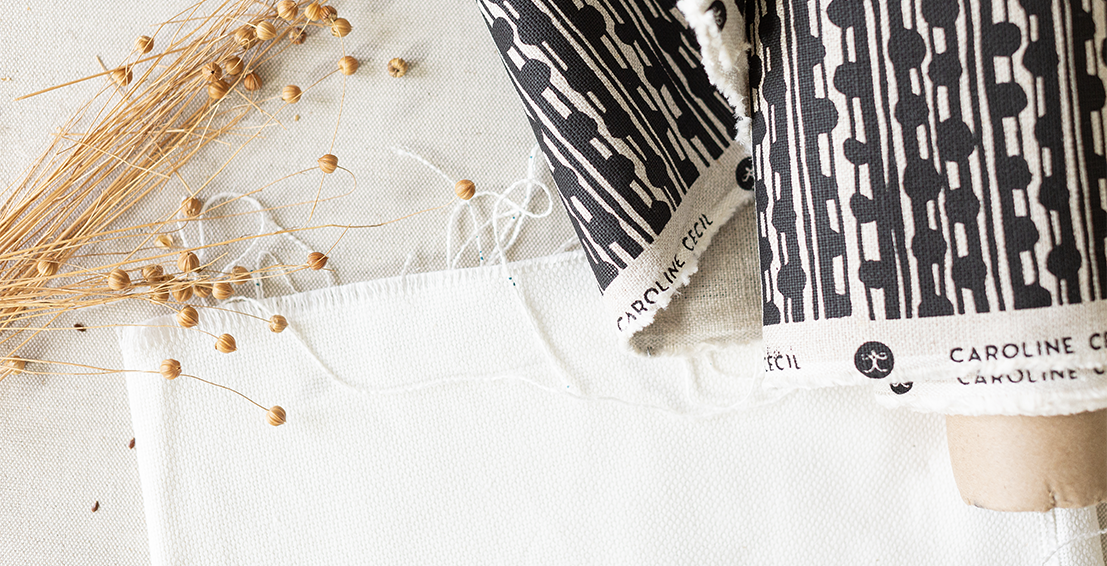
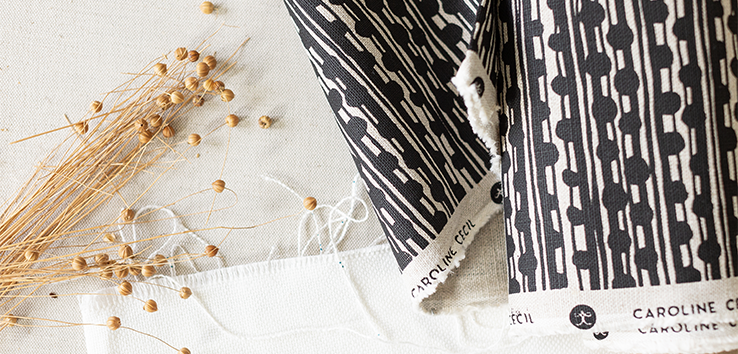
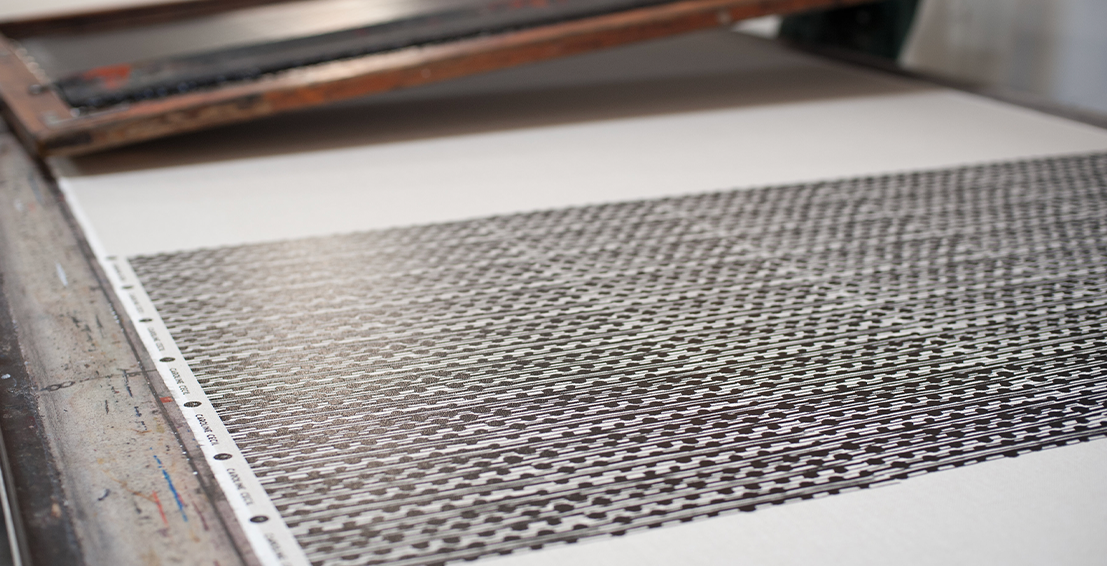

Artisan Always
Both our fabrics and wallpapers are printed in America by our small business partners.
ART & CRAFT
Each collection begins as an original painting or stamp, created by Caroline Cecil.;
